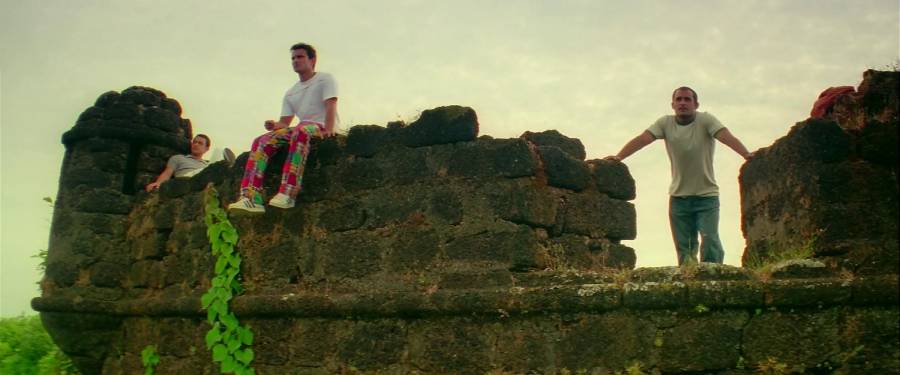Film tourism in India: Bollywood beckons
In a country where people live and breathe Bollywood, films have for long been a powerful tool for tourism promotion as the locales used in big hits almost always end up seeing a significant boost in tourist arrivals soon after the films’ release. Though this has been on for decades, it is only in the last few years that the concept has been formalised and destinations have starting working with large production houses to ensure they are featured in the big projects and often offer fiscal incentives to be featured in films.
Film tourism, a concept not unknown in the West has started to gain prominence in the Indian tourism market as well, aiming to attract both local and outbound tourists. According to a report published by EY and PHD Chamber of Commerce and Industry in 2019, film tourism has a scope to generate USD3 billion by 2022 in India as there is potential for up to 1 million film tourists to visit different parts of the country by 2022.
From the unforgettable journey of two friends trying to find their third “idiot” leading them to the beautiful Pangong lake in Ladakh, in the Amir Khan starrer 3 Idiots (2009) to the Royal forts of Rajasthan featured in iconic numbers like Jodha Akbar (2008), Hum Dil De Chuke Sanam (1999), Border (1997), and Goliyon ki Rasleela- Ramleela (2013), the number of tourists visiting these places have almost grown more than double after release of these movie.
“If tourists know and they can identify the location in the movie then definitely they prefer to visit that place. Shooting a film at any location surely increases its popularity. There is a major impact, we saw that before 3 idiots released, not many people knew about Ladakh but since then it has become really popular among tourists,” Dharmendra Kumar Verma, Manager, Kumar Taj Mahal Tour, an Agra based tour and travel company tells Media India Group.
There are various other gorgeous destinations in India which have intrigued both filmmakers and tourists in the recent years such as-
Kashmir
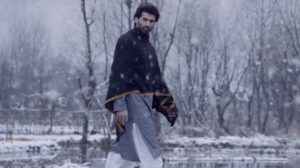
Still from Fitoor
For decades, the green meadows and snow-capped mountains of Kashmir have been the most preferred destination for filmmakers to shoot iconic songs and movies. Dozens, if not hundreds, of films have been shot here over the past seven decades. From the iconic Kashmir Ki Kali (1964) which started Shammi Kapoor’s famous affair with city to much more recent films like Fitoor (2016) and Haider (2014) feature the picturesque locations of the valley.
Apart from the Bollywood movies a slew of videos, capturing the essence of the music and singing of some our most prolific musical talents have lately been shot in the Valley. Music composer Salim Merchant shot his latest song Tumhe dekh ke in Kashmir.
Pangong Lake, Ladakh
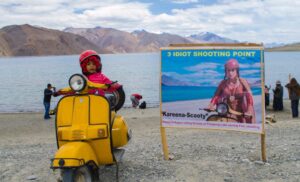
3 Idiots point, Pangong Lake, Ladakh
Clad in a bright-red bridal sari, Kareena Kapoor rides her scooter down a narrow strip of white sand. Aamir Khan, her lover, looks on in shy surprise. They reunite in the backdrop one can witness glistening blue waters lap a sweep of frosted mountains. This scene from 3 Idiots launched public imagination.
In 2008, the year before the film’s release, 400,000 Indian tourists visited Ladakh. However, three years later, those figures were almost quadrupled.
“It happened all of the sudden. Even Aamir Khan himself was not sure that Ladakh would get that much publicity,” said Mehboob Ali, assistant director of the Tourism Department in Leh in an interview.
Tea plantations of Munnar, Kerala
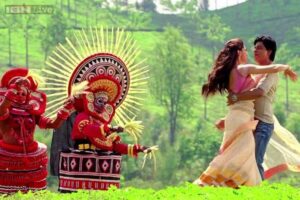
A song for the film Chennai Express was shot in Munnar
The quaint town is known for its green belt of lush forests and unending expanse of tea estates, Munnar is one of the most sought after destinations for tourists. Full of pristine valleys, mountains, and exotic varieties of flora and fauna the hill station is also a popular site for activities like trekking and camping. The tea plantations of this exotic destination have also been featured in hits like Chennai Express (2013) in the song Kashmir tu mai Kanyakumari and Life of Pi (2012).
“Munnar is gorgeous, the weather, the scenery. If someone is looking to spend some time away from the hustle of city life, this is the place to go,” Chirag Mehta, working in Analytics and Investor Relations in PolicyBazaar, an online insurance and finance company tells Media India Group.
Darjeeling
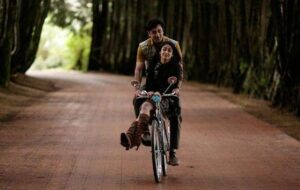
A still from Barfi in Darjeeling
The beautiful hill station nestled in the Kanchenjunga range, also known as the Queen of Hills has been known to have featured in various Bollywood movies. From Nasir Hussain’s Jab Pyaar Kisi Se Hota Hai (1961) which is known to be among the first Bollywood films to be shot in Darjeeling, to Barfi (2012), the tale of a hearing-and-speech impaired man (Ranbir Kapoor) and his relationship with the two women in his life—Shruti (Ileana D’Cruz) and Jhilmil (Priyanka Chopra Jonas). The movies have featured locations like Darjeeling Himalayan Railway Station at Ghoom, Windamere Hotel, Keventer’s and Planters Club.
Doraha Fort, near Ludhiana
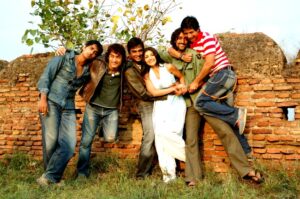
A still from Rang de Basanti at Doraha Fort
The perfectly hidden getaway also known as RDB fort got its moment of fame after it was featured in the famous Bollywood film, Amir Khan starrer Rang de Basanti (2006), in the iconic scene where all the guys run into the field and jump up as the air force jet zooms over them. The fort is also the backdrop of the song Tu Bin Bataye in the movie.
Bollywood over the years has influenced so much around us that there is no denying the fact that it is indeed a trendsetter. Even though the onset of the Covid-19 pandemic has been catastrophic for the tourism industry, these tourist destinations featured in big Bollywood numbers being equally magical when visited in real lives can be part of various travel itineraries after the pandemic.

